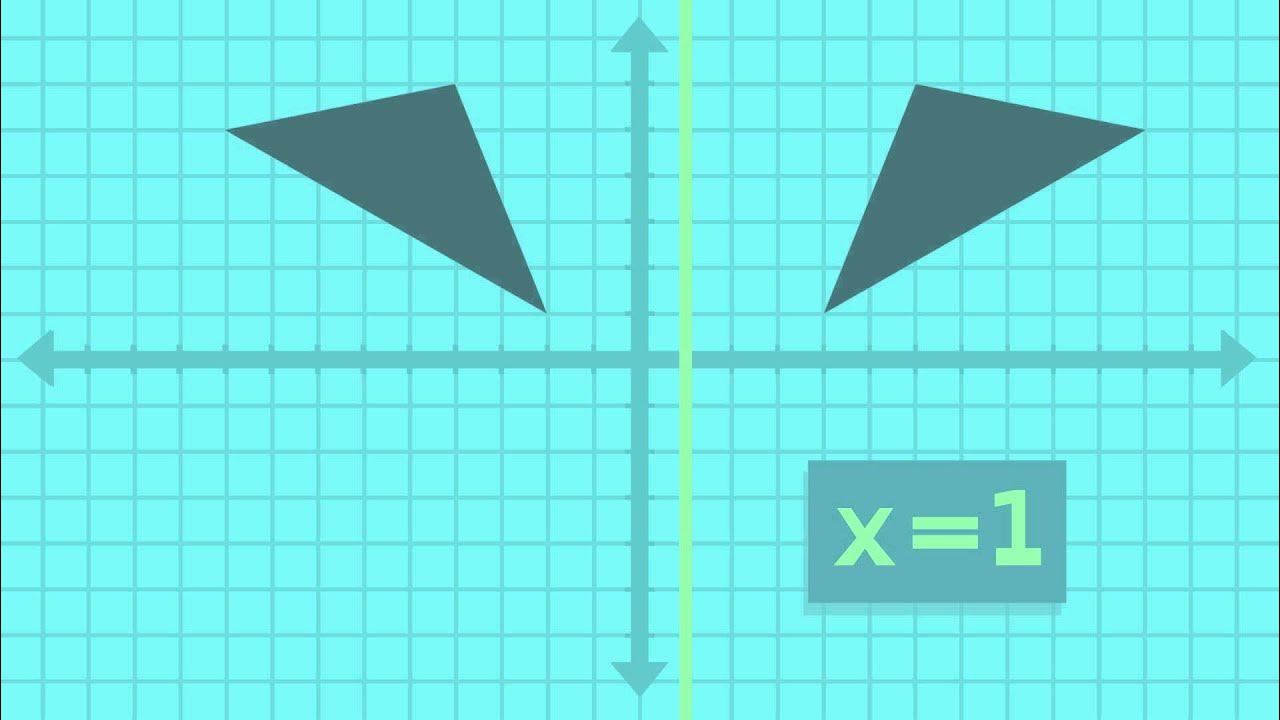KONSEP DILATASI
Summary
TLDRThe video explains the concept of dilation as a type of geometric transformation that alters an object's position, shape, and size. Using a relatable example of enlarging an image on a phone, it illustrates how the distance between fingers determines the enlargement's direction and scale. The video introduces key terms: the center of dilation (the position of the fingers) and the scale of dilation (the width between fingers), emphasizing their impact on the object’s size and position. Viewers are encouraged to consider how dilation affects an object’s dimensions and overall appearance.
Takeaways
- 😀 Geometry transformations include dilations, which alter the size of geometric objects.
- 😀 Dilation is defined as a change in the size of an object without altering its shape.
- 😀 Everyday examples of dilation include enlarging images on mobile devices.
- 😀 The position of fingers when enlarging an image affects the direction of the enlargement.
- 😀 The width of fingers determines the scale of the enlargement.
- 😀 A wider finger position results in a larger image output.
- 😀 In dilation, the finger position is referred to as the center of dilation.
- 😀 The width of the fingers corresponds to the scale of dilation.
- 😀 Both the center and scale of dilation impact the size and position of the dilated object.
- 😀 The process of dilation can lead to changes in size, position, or shape of the object.
Q & A
What is dilation in geometry?
-Dilation is a type of geometric transformation that alters the size of a geometric object without changing its shape.
How does dilation affect the position of an object?
-Dilation can change the position of an object based on the center of dilation, which determines the direction of the scaling.
What everyday example illustrates the concept of dilation?
-An everyday example of dilation is enlarging an image on a smartphone, where the fingers' position and width influence the size of the image.
What terms are used to describe the factors in dilation?
-The position of the fingers is referred to as the 'center of dilation,' and the width of the fingers is known as the 'scale factor.'
How does the scale factor affect the image during dilation?
-The larger the width of the fingers, the larger the resulting image will be; this scale factor determines the degree of enlargement.
Can an object undergo changes in shape during dilation?
-No, dilation maintains the shape of the object while only changing its size.
What influences the final size of an object being dilated?
-Both the center of dilation and the scale factor influence the final size and position of the dilated object.
What happens if the scale factor is less than one?
-If the scale factor is less than one, the object will be reduced in size rather than enlarged.
How can you summarize the effects of dilation on an object?
-Dilation causes an object to change in size while preserving its shape and altering its position based on the center of dilation.
What should one observe to understand the effects of dilation better?
-Observing the process of enlarging an image on a device can provide insights into how the position of fingers and the scale factor affect the outcome.
Outlines

This section is available to paid users only. Please upgrade to access this part.
Upgrade NowMindmap

This section is available to paid users only. Please upgrade to access this part.
Upgrade NowKeywords

This section is available to paid users only. Please upgrade to access this part.
Upgrade NowHighlights

This section is available to paid users only. Please upgrade to access this part.
Upgrade NowTranscripts

This section is available to paid users only. Please upgrade to access this part.
Upgrade NowBrowse More Related Video

TRANSFORMASI FUNGSI PART 1

TRANSFORMASI (PART 3) : DILATASI : MATEMATIKA KELAS 9 SMP

Cara Cepat Memahami Transformasi Geometri [Matematika Kelas IX]

Transformasi Geometri Bagian 4 - Dilatasi (Perkalian) Matematika Wajib Kelas 11

Attributes of Transformations (Congruence and Orientation)

Math Shorts Episode 4 - Reflection
5.0 / 5 (0 votes)